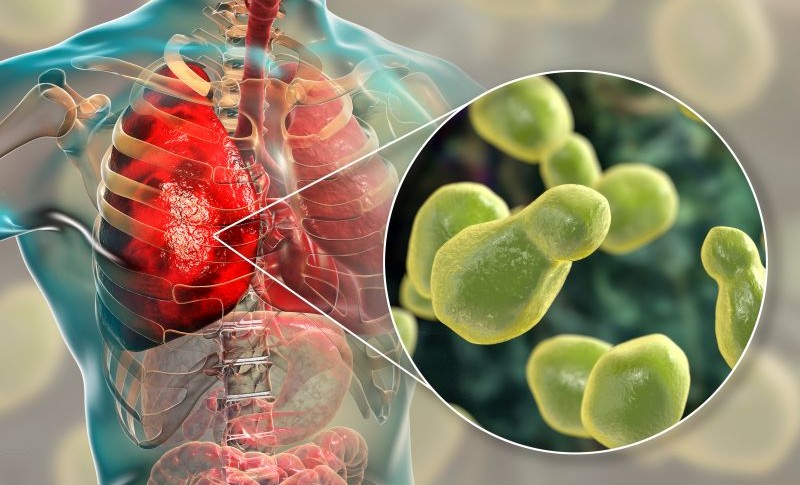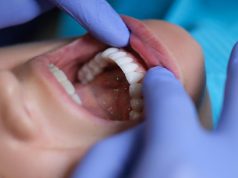Accurate delineation of cryptococcosis clinical syndrome is important as it guides choice, duration of treatment
By Elana Gotkine HealthDay Reporter
TUESDAY, Feb. 27, 2024 (HealthDay News) — In a review published online Feb. 9 in The Lancet Infectious Diseases, updated guidelines are presented for the diagnosis and management of cryptococcosis.
Christina C. Chang, Ph.D., from Alfred Hospital in Melbourne, Australia, and colleagues updated guidance and implementable recommendations on the clinical approaches, screening, diagnosis, management, and follow-up care of patients with cryptococcosis.
The authors note that accurate delineation of cryptococcosis clinical syndrome is important as it guides the choice and duration of antifungal treatment. In high-income settings, the most optimal induction therapy option for cryptococcal meningitis, disseminated cryptococcosis, and severe isolated pulmonary cryptococcosis is liposomal amphotericin B 3 to 4 mg/kg daily and flucytosine 25 mg/kg four times a day. Patients with HIV-associated cryptococcal meningitis in low-income settings are best treated with liposomal amphotericin B 10 mg/kg as a single dose, with 14 days of flucytosine 25 mg/kg four times a day and fluconazole 1,200 mg daily as induction therapy. Outcomes should be optimized by providing the most effective antifungal therapy while preventing, monitoring, and managing potential toxicity. Clinical relapse should be expected and monitored for and examined thoroughly for causality.
“More clinical research needs to be done in high-income settings, where host risk profiles are changing and an increasing array of presentations of cryptococcosis are being recognized, necessitating more nuanced and individualized treatment plans,” the authors write.
Several authors disclosed ties to the pharmaceutical industry.
Copyright © 2024 HealthDay. All rights reserved.








